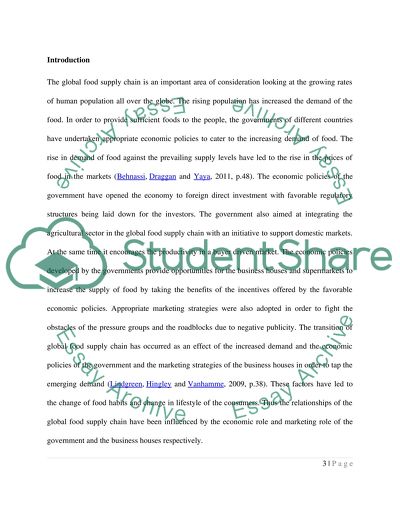Cite this document
(“Influences of economics and marketing on relationships in the global Essay - 1”, n.d.)
Influences of economics and marketing on relationships in the global Essay - 1. Retrieved from https://studentshare.org/marketing/1481208-influences-of-economics-and-marketing-on
Influences of economics and marketing on relationships in the global Essay - 1. Retrieved from https://studentshare.org/marketing/1481208-influences-of-economics-and-marketing-on
(Influences of Economics and Marketing on Relationships in the Global Essay - 1)
Influences of Economics and Marketing on Relationships in the Global Essay - 1. https://studentshare.org/marketing/1481208-influences-of-economics-and-marketing-on.
Influences of Economics and Marketing on Relationships in the Global Essay - 1. https://studentshare.org/marketing/1481208-influences-of-economics-and-marketing-on.
“Influences of Economics and Marketing on Relationships in the Global Essay - 1”, n.d. https://studentshare.org/marketing/1481208-influences-of-economics-and-marketing-on.


